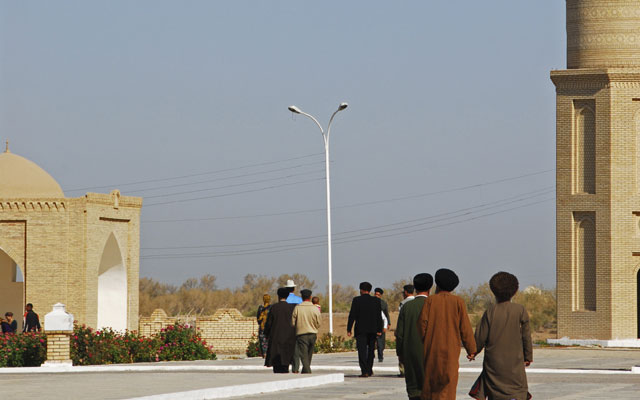Free Trade Comes to Central Asia
Ryan Olson /
Heirs to the ancient traders of the Silk Road, rejoice! If all goes according to plan, Tajikistan, Kazakhstan, and Turkmenistan will join the World Trade Organization (WTO) in 2013, connecting the lonely highlands and steppes of Central Asia with the markets of the 157 WTO members.
The accession of these former Soviet republics is not surprising. Sandwiched between two trading giants—Russia and China—they form a collective trading bridge across Central Asia. Operating under the umbrella of the WTO makes strategic sense. These nations can now take advantage of lower tariffs on trade with Russia and China and will, as transit countries, benefit directly from increasing trade volume between the two countries.
This agreement has positive geopolitical implications, too. Russian bullying in the region and in the South Caucasus is well known. As members of the WTO, Tajikistan, Kazakhstan, and Turkmenistan will be able to hedge against any of the coercive activities that members of the Commonwealth of Independent States (CIS) Free Trade Agreement and the Russia–Kazakhstan–Belarus Customs Union have experienced.
Traders along this new Silk Road should still be wary, though. While WTO membership is a positive step, it does not improve institutions or prevent corruption. Entrenched problems still plague these economies.
For one, Central Asia remains an incredibly hard place to do business. According to The Heritage Foundation’s 2013 Index of Economic Freedom, Kazakhstan is the only country in the region that ranks above the world average.
For Central Asia to truly capitalize on WTO membership, it should embrace economic freedom and tackle such persistent issues as corruption, burdensome regulations, and poor property rights. Membership to the WTO is a good start, but the real reforms should start at home.

